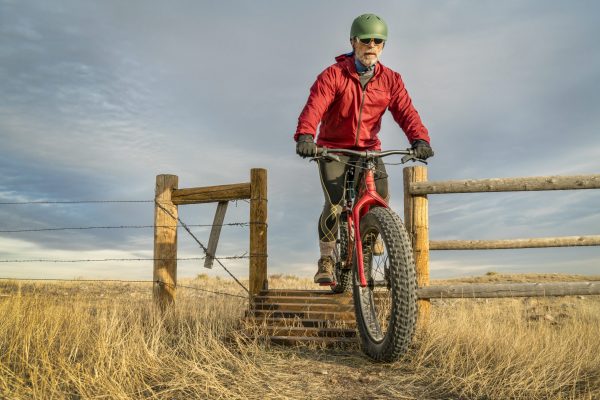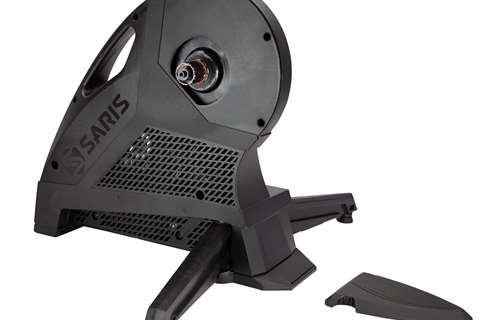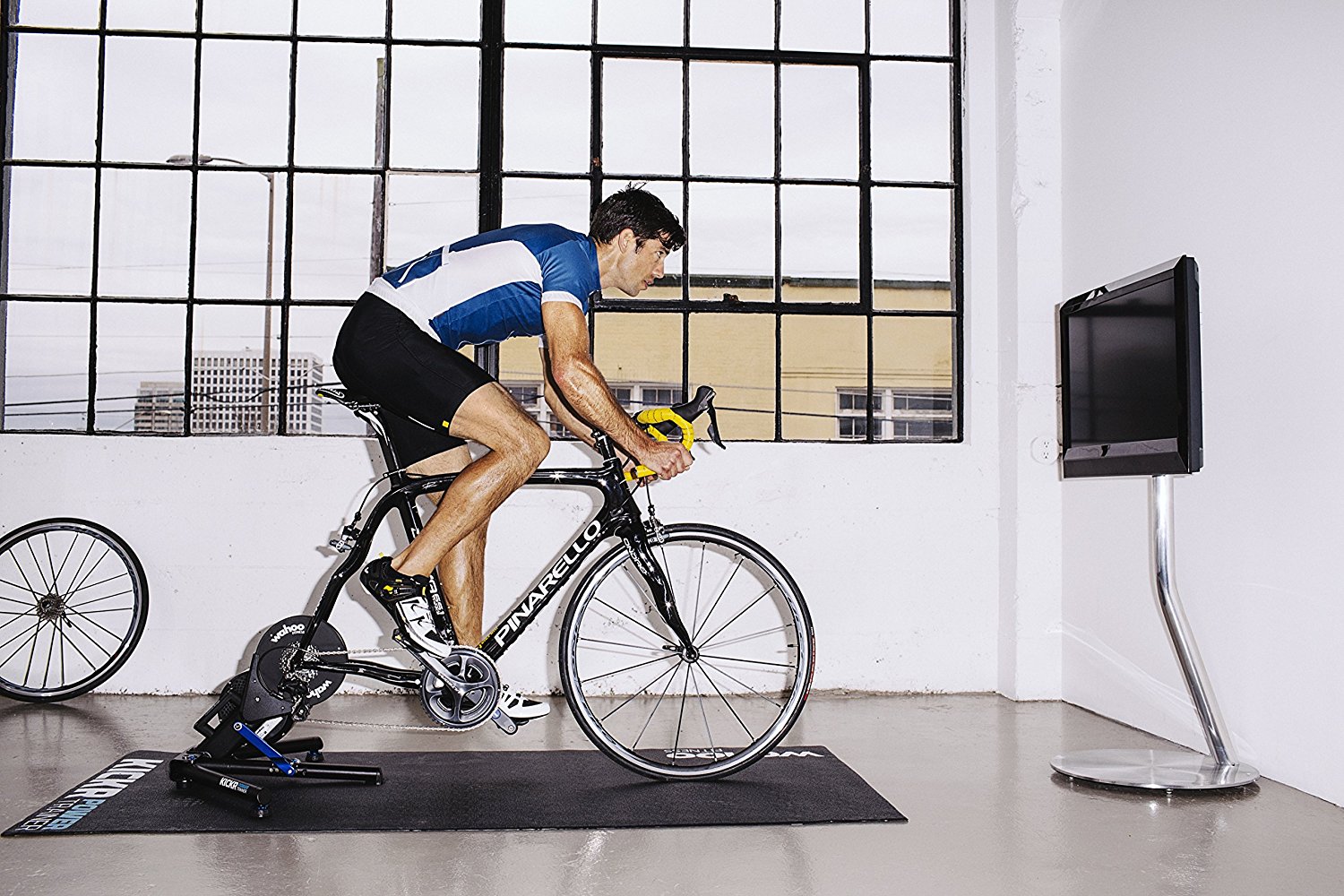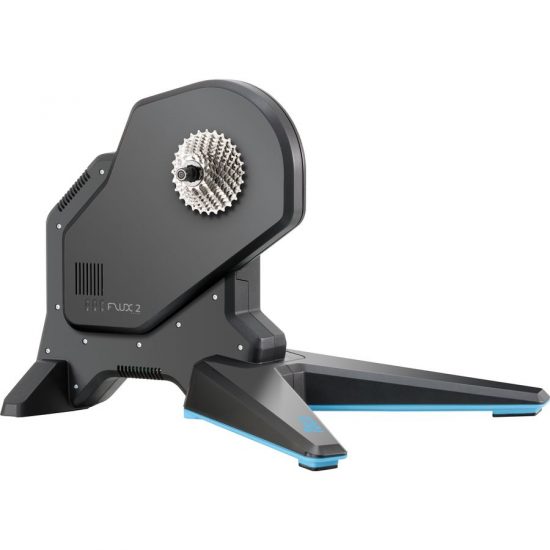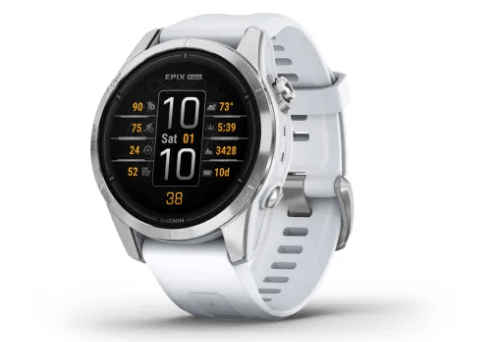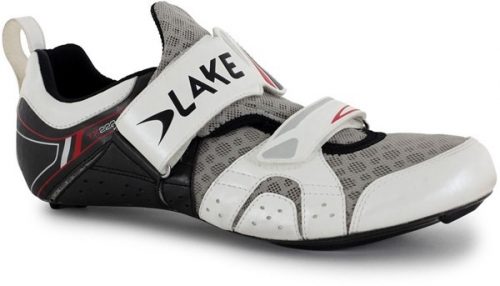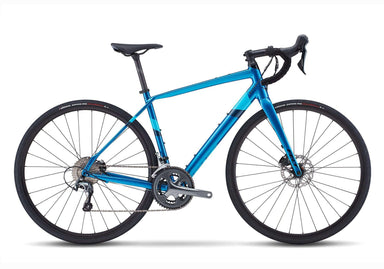Fat Bike Buying Guide (and Best Entry-Level models)
Fat biking (or fat tire biking) was invented, you could say, in Alaska back in the late 1900s, but it really started to become popular in the early 2000s. Since then, the number of fat bikes you see on the trails, even when the weather is just fine, has really … Read More
